Results 31 to 37 of 37
Thread: Frameback nomenclature
-
04-15-2015, 08:31 AM #31Aristocratic treasure hunter


- Join Date
- Nov 2013
- Location
- Saint Marcellin, France
- Posts
- 420
Thanked: 154
Voidmonster, thank you very much for this contribution !
I am always amazed by the variety of British blades, some are indeed real things of beauty
And the Dittmar (twice I have seen this name today, it's 10:28 AM, never heard of it before)
As I said above, at least the Charles predates that by 5 years, and it's already a removable blade system ! Originally Posted by Voidmonster
Originally Posted by Voidmonster
Thaeris has documented that very well in a dedicated thread (commented by Charlie also ) on the CCC.
) on the CCC.
Patent delivered in 1819
(he already posted it here apparently)
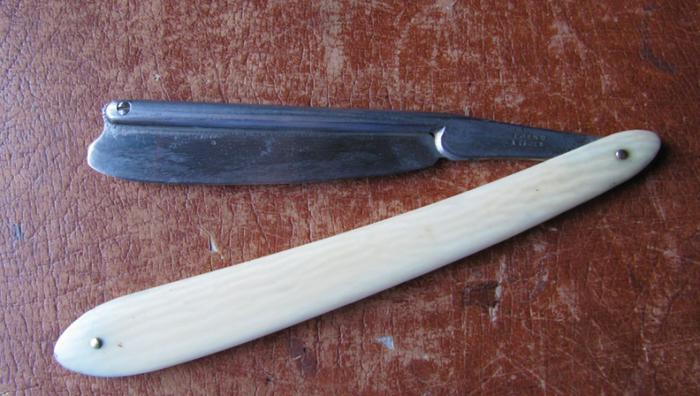
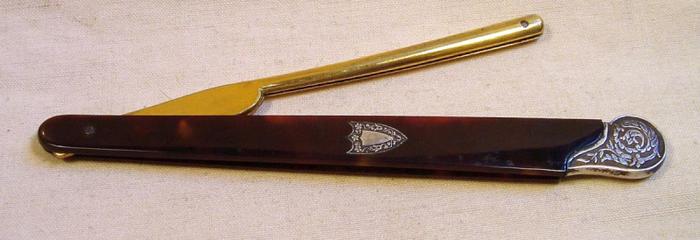
Lucky you, Charlie48horlogerie scored one this week
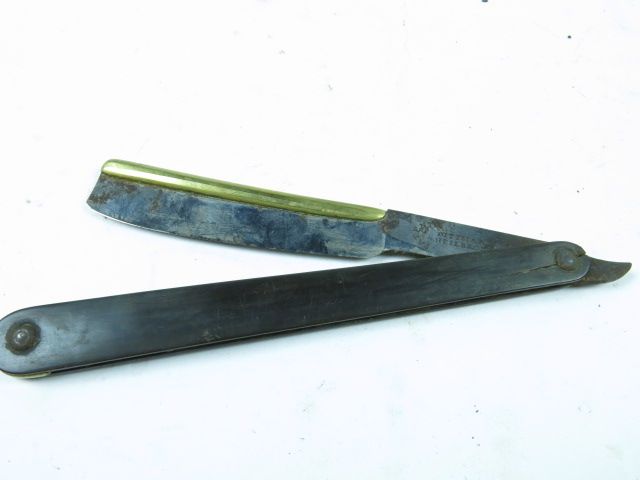
The infamous Japanese Framebacks... Still have to hone mine, they have a reputation of being scary sharp.
I wondered a lot about their design, and I'd love to confirm some theories about them if there are Japanese members here.
Essentially, my current hypothesis is that, in the same way that the WSK is inspired by the kamisori, these framebacks could be inspired by the "honsanmai" lamination technique
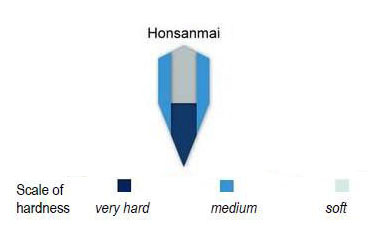
Long shot, here I am talking out of my ass.
Technique-wise I would say that it's still a half rattler, isn't it ?like this Wade & Butcher manufactured William Gilchrist:Last edited by Aggelos; 04-15-2015 at 09:05 AM.
Beautiful is important, but when all is said and done, you will always be faithful to a good shaver while a bad one may detter you from ever trying again. Judge with your skin, not your eyes.
-
The Following 3 Users Say Thank You to Aggelos For This Useful Post:
BobH (04-15-2015), Neil Miller (04-15-2015), sharptonn (04-15-2015)
-
04-15-2015, 11:09 AM #32Aristocratic treasure hunter


- Join Date
- Nov 2013
- Location
- Saint Marcellin, France
- Posts
- 420
Thanked: 154
Passing from and to CCC, I have further read all the documents presented here, and like to make a tiny slight comment
While the purpose is absolutely correct if you read Holtzappfler in the link provided above, seems they were already sufficiently around to be documented in 1850Guard Razor, an attempt at a kind of safety razor - the fingers on the guard were supposed to stop you from cutting yourself. Some kinds emerged c1860s
I have learnt a ton thanks to you gentlemen Beautiful is important, but when all is said and done, you will always be faithful to a good shaver while a bad one may detter you from ever trying again. Judge with your skin, not your eyes.
Beautiful is important, but when all is said and done, you will always be faithful to a good shaver while a bad one may detter you from ever trying again. Judge with your skin, not your eyes.
-
04-15-2015, 08:53 PM #33
-
04-15-2015, 09:32 PM #34Aristocratic treasure hunter


- Join Date
- Nov 2013
- Location
- Saint Marcellin, France
- Posts
- 420
Thanked: 154
Strange thing, the term "rasoir à rabot" is now used to design a SE in France (a DE would be a "pioche", that is a "pick" by opposition to a "plane" which would be justified if we are talking wood
 )
)
Do you have a document (even in French, I'll translate) relating that ?
Anyway, thanks Kees for opening this thread. Be careful what you ask for Beautiful is important, but when all is said and done, you will always be faithful to a good shaver while a bad one may detter you from ever trying again. Judge with your skin, not your eyes.
Beautiful is important, but when all is said and done, you will always be faithful to a good shaver while a bad one may detter you from ever trying again. Judge with your skin, not your eyes.
-
04-16-2015, 10:13 AM #35

Pogonotomie ou l'art d'.... by Perret, Chapter VII starting page 75 he describes how to use a rasoir à rabot.
La pogonotomie, ou L'art d'apprendre a se raser soi-meme, avec la manier de ... - Jean-Jacques Perret - Google Boeken
I once started a thread hoping to supply a translation of that book to the SRP community. French nor English being my native tongue made me quit after a few pages.Last edited by Kees; 04-16-2015 at 03:18 PM.
Plus ça change, plus c'est la même chose. Jean-Baptiste Alphonse Karr.
-
The Following User Says Thank You to Kees For This Useful Post:
Aggelos (04-16-2015)
-
04-16-2015, 03:16 PM #36Aristocratic treasure hunter


- Join Date
- Nov 2013
- Location
- Saint Marcellin, France
- Posts
- 420
Thanked: 154
Here goes, Perret Chapter VII
A method in order to learn how to shave oneself with a "rasoir à rabot" (plane razor) ; another method to try yourself on a wig head
As many people use the plane razor, not only to learn how to shave, but also for everyday use ; and given that this same razor differs from an ordinary razor, because you have to put on and adapt the plane to the blade ; I think it's wise to define it exactly and to teach the best way on how to set it up and how to use it with dexterity.

Figure 10 on the first illustration page, represents the wooden piece ready to receive the blade. Hold this wooden piece in you right hand, keep your thumb stuck to Y, and two or three fingers below, being caution, however, not to put your finger in front of the edge of the razor, but on the contrary a little behind, in order not to harm yourself.
In order to shave yourself, you will have to handle the razor by the middle, so that the nail joining blade and handle rests on the middle finger : hold with your ring finger and your small finger either on the handle or the scales ; press your thumb on the tang, your index being parallel below ; in this position, let the blade or the razor flow in a direct line until the end , so that the pin Q, which goes through the wood of the plane, enters the indentation R or the razors nose, and that the hook U on the tang grips on the end of the wooden piece O.
Figure 13 represents the razor once set up and in the configuration where it is ready to shave. Such kind of scales gives its name to the plane razor, reminding the woodworker's plane.
The way to use it is, for all intent and purpose, the same as an ordinary razor, explained in the previous chapter : you need to pull your skin and mow down, as we said above for ordinary razors. However, the beard cut down, that is, hairs and foam which are dirty, tend to naturally accumulate between the razor's blade and the wooden piece ; though a gutter etched in the plane's wood, as can be seen on figure g sss, strongly reduces this drawback, as it allows the grime to easily get in there, and lets it go away easily ; to that effect, one must only present the edge pointing down and do a movement akin to a whip lash, effectively and easily chasing all the grime ; then one only has to wipe the exterior of the plane on the canvas or a towel, as you would with an ordinary razor ; this way, you don't have to remove the scales from the blade every time to wipe it ; the only thing being not forgetting to do it as soon as the beard is no more, because once dry the grime tends to get thicker and does not flow as easily ; besides it keeps the wood clean and prevents rusts for appearing on the razor
The skind does not have to be as regularly stretched using a plane razor as it would be with an ordinary razor, as all the faces of the plane's wood are rounded so that when one applies the razor on his face, the part I of the plane makes a flattend bump, stretches the skin by itself and strongly facilitates the cutting action ; the razor is even softer, as the tension point is always close to the edge.
Using this instrument, someone who would only have one arm, would be able to shave easily, simply using (as stated previously) the faculties of muscles and tendons, in order to stretch the cheeks, lengthen the uper lip for the mustache, open the mouth to shave the corners, look up to stretch the throat, etc. Using this tricks one can have a good shave with one hand.
I believe that this advantage is sufficiently important in our society to create a favorable reception for this instrument.
It is quite hard to shave the whole head by yourself with an ordinary razor, particularly behind the ears and in the neck ; but the plane razor this operation can be done easily, as is doing the whole head around without any risk for harm ; besides, the ability to use both handes while just by changing the wooden piece (every razor is honed on two planes, one for the left hand, and one for the right hand, each plane being set up using the same mechanism - When these razors appeared, I used to make the plane's wood with pink ("rose ?") wood and scales using this same wood, but the color tends to get dirty and acumulates much grime in the operation, I therfore chose to craft the planes using ebony the less porous, the strongest and the blackest, which is ebony from mauritania, which is far cleaner - I even make them using tortoise now) leaves nothing to desire from the advantage of being able to shave the whole body.
To successfully and dexterously shave your head, either with a plane or an ordinary razor, your hair must be cut as short as possible, and then clean and lather your head as prescribed for the beard.
Then, take your razor in one hand, the other resting on your forehead, with the edge close to your fingers, and mow from front to back all around the forehead, the temples, and close to the ears ; once a place is shaven, move the point of tension on the shaven part, so that it always follows closely the edge of the razor, otherwise one could cut himself anytime, not with a plane razor, but with an ordinary one.
Do not neglect finding for yourself the best positions for your hand, and the different orientations of your head which help your natural skill, as it is important to shave freely and without obstruction ; most of all always pay attention to the fact that every movement must comme from your wrist.
Once the forehead is shaven (I suppose you hold your razor in your right hand) shave behind the right ear ; and to do so, bring your left hand to your ear, lay it in front, put your razor perpendicularly behind, and mow front to back, as long as your stroke can go several times (not even sure what he meant in French)
For the left side, hold you razor in the other hand, use your right hand to flatten your left ear, and follow exactly as described above for the right ear ; the left hand (I suppose) has to end the process, that is, shaving the back of your head.
In order to do that, bring your right hand behind your head, the razor below it, always close to your fingers, tilt your head forward and you will be able to shave as far down as you want.
Finally, if one wants to shave himself, whatever the type of razor, without getting hurt, use a wig head, be it wood, leather or cardboard ; powder the face with a brush (damn, it was an obsolete word with bad spelling) so that half of it is correctly powdered, that is the cheeks, the mustache, the beard and the throat ; then put this powdered head, at the right height and distance so that you can see all the face. Put yourself behing it : take your razor as demonstrated on figure 3 of the second illustration page, and remember everything that is described in the method on how to shave oneself, Chapter VI. Observe, then, every move of your hands, the tension points and razor strokes ; then exerce yourself by removing softly the powder on this head without flaying it, be it wooden or cardboard made ; always look closely at the place you are shaving, wipe your razor as if the powder you remove was grime from the beard, to accustom your hand to every movement. Repeat this exercice ten to a dozen times, and however clumsy one may be, it is certain one will easily get to train his hand to shave with dexterity and without slashing his face.
It would be wise and charitable for poor people and bad payers that barbers give this principle to their apprentices, and have them train for three to four month on wig head, before exposing a human face to the shaking hand of an apprentice and to the swiftness of a pityless edge if not driven by a wise and confident hand which could manage it.
-------------
Aaaaaaaaand here you go, chapter VII on the plane razor and head shaving, training oneself, roughly translated.
I am not a native English speaker, you are free to copy that text and amend it with your corrections.
You're welcome
Last edit : proofreading my translation I see how it sounds, like baby English, or, horror, Chinese manual. I assure you that I tried to be as faithful to the original phrasing as possible. It's an old technical book, they were not as cautious on the phrasing as we are now. But then again, it's a bad practice to translate to a foreign language... A French speaking native English speaker would probably do a better job.Last edited by Aggelos; 04-16-2015 at 10:19 PM.
Beautiful is important, but when all is said and done, you will always be faithful to a good shaver while a bad one may detter you from ever trying again. Judge with your skin, not your eyes.
-
-
04-19-2015, 07:01 PM #37


 62Likes
62Likes LinkBack URL
LinkBack URL About LinkBacks
About LinkBacks
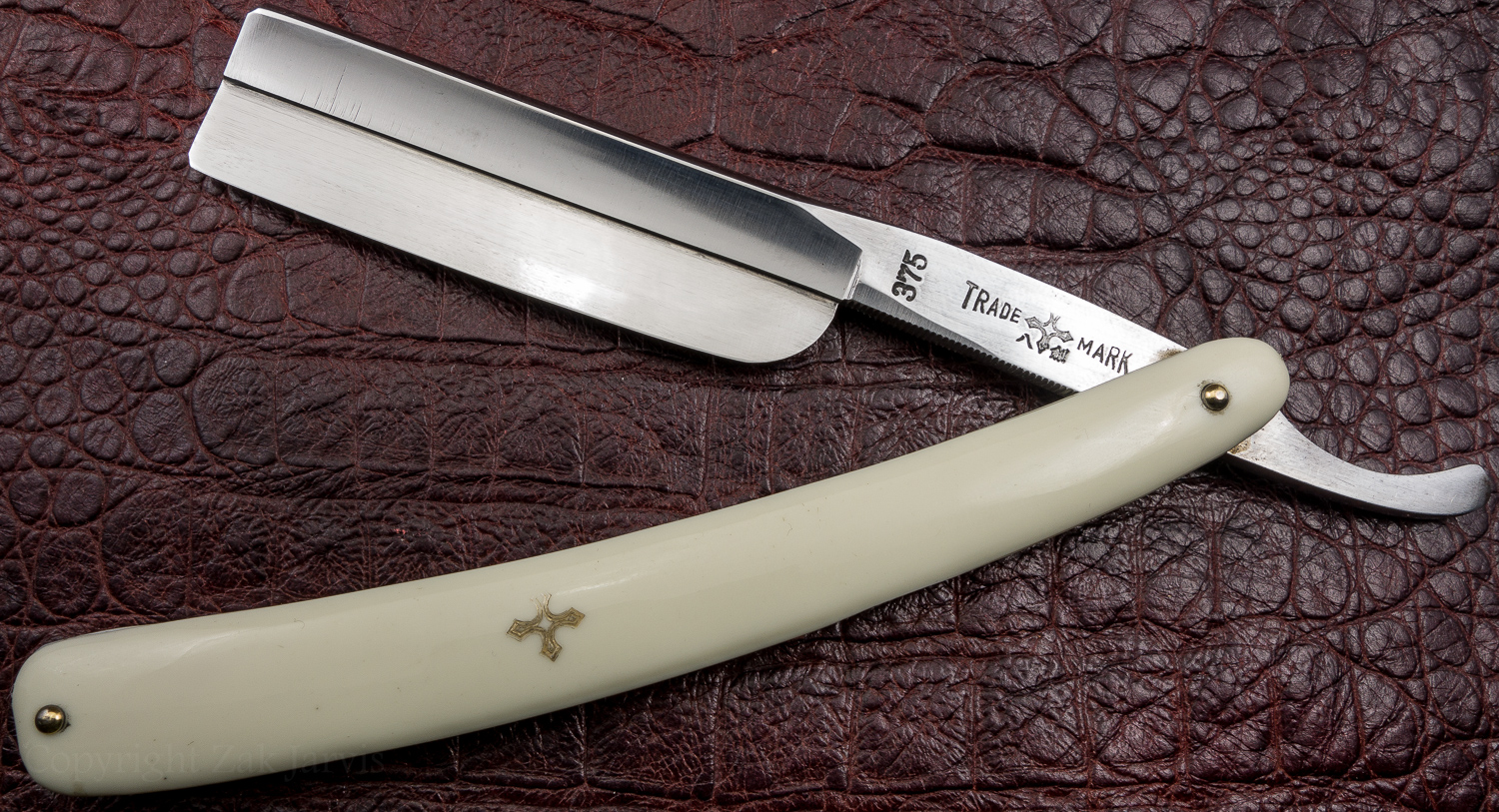







 Reply With Quote
Reply With Quote
